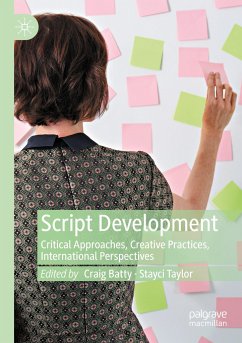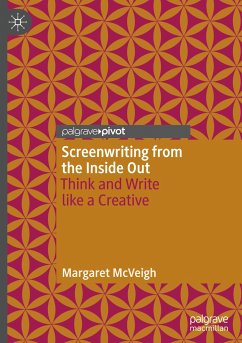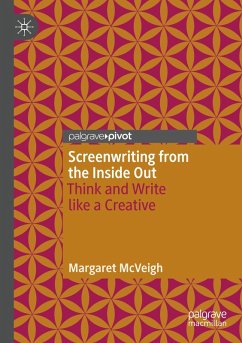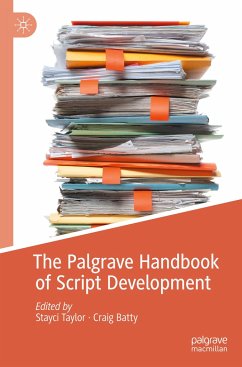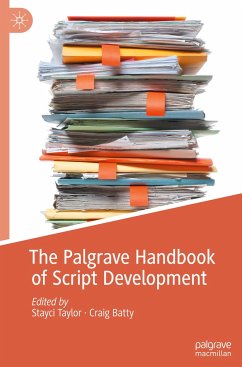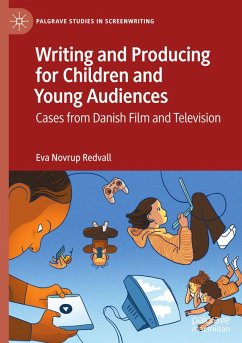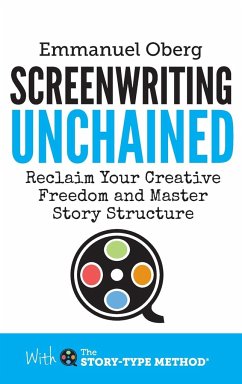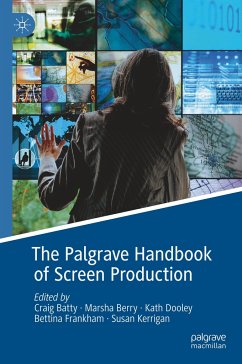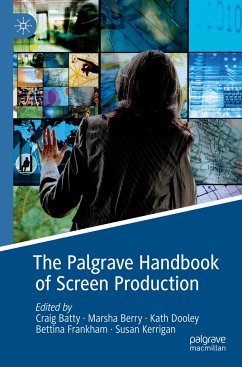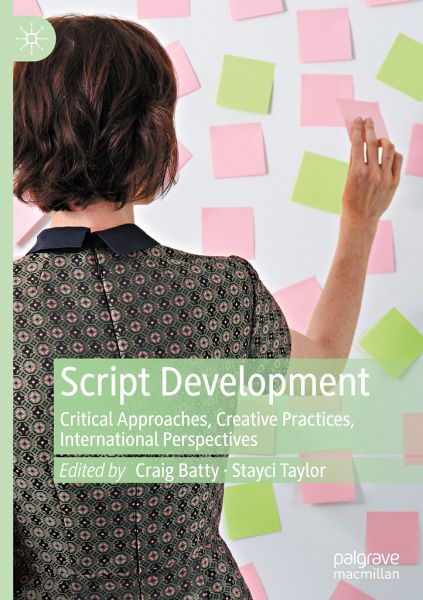
Script Development
Critical Approaches, Creative Practices, International Perspectives
Herausgegeben: Batty, Craig; Taylor, Stayci

PAYBACK Punkte
42 °P sammeln!
This book offers the first international look at how script development is theorised and practiced. Drawing on interviews, case studies, discourse analysis, creative practices and industry experiences, it brings together scholars and practitioners from around the world to offer critical insights into this core, but often hidden, aspect of screenwriting and screen production. Chapters speculate and reflect upon how creative, commercial and social practices - in which ideas, emotions, people and personalities combine, cohere and clash - are shaped by the practicalities, policies and rapid moveme...
This book offers the first international look at how script development is theorised and practiced. Drawing on interviews, case studies, discourse analysis, creative practices and industry experiences, it brings together scholars and practitioners from around the world to offer critical insights into this core, but often hidden, aspect of screenwriting and screen production. Chapters speculate and reflect upon how creative, commercial and social practices - in which ideas, emotions, people and personalities combine, cohere and clash - are shaped by the practicalities, policies and rapid movements of the screen industry. Comprising two parts, the book first looks 'into' script development from a theoretical perspective, and second looks 'out from' the practice to form practitioner-led perspectives of script development. With a rising interest in screenwriting and production studies, and an increased appetite for practice-based research, the book offers a timely mapping of the terrainof script development, providing rich foundations for both study and practice.





